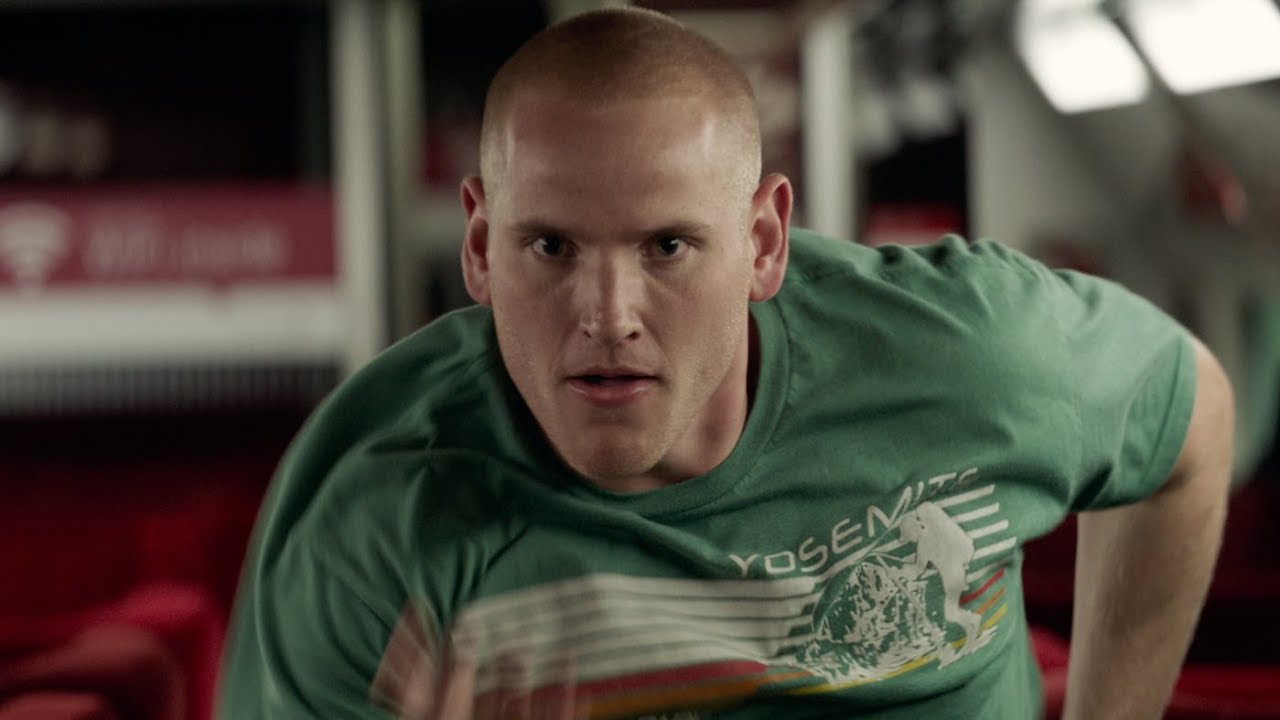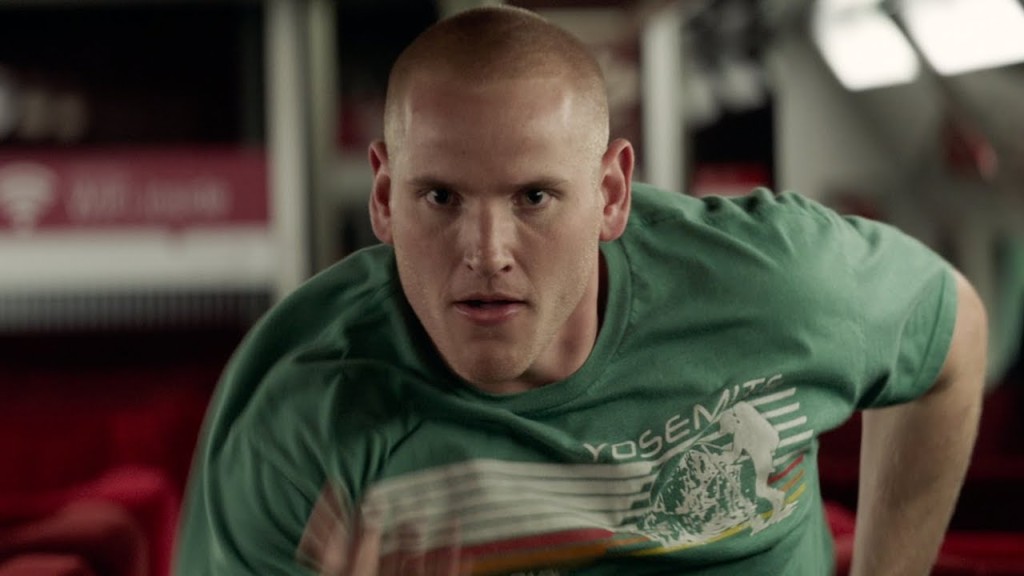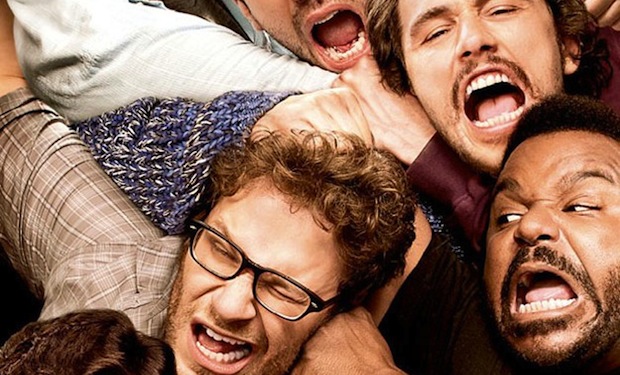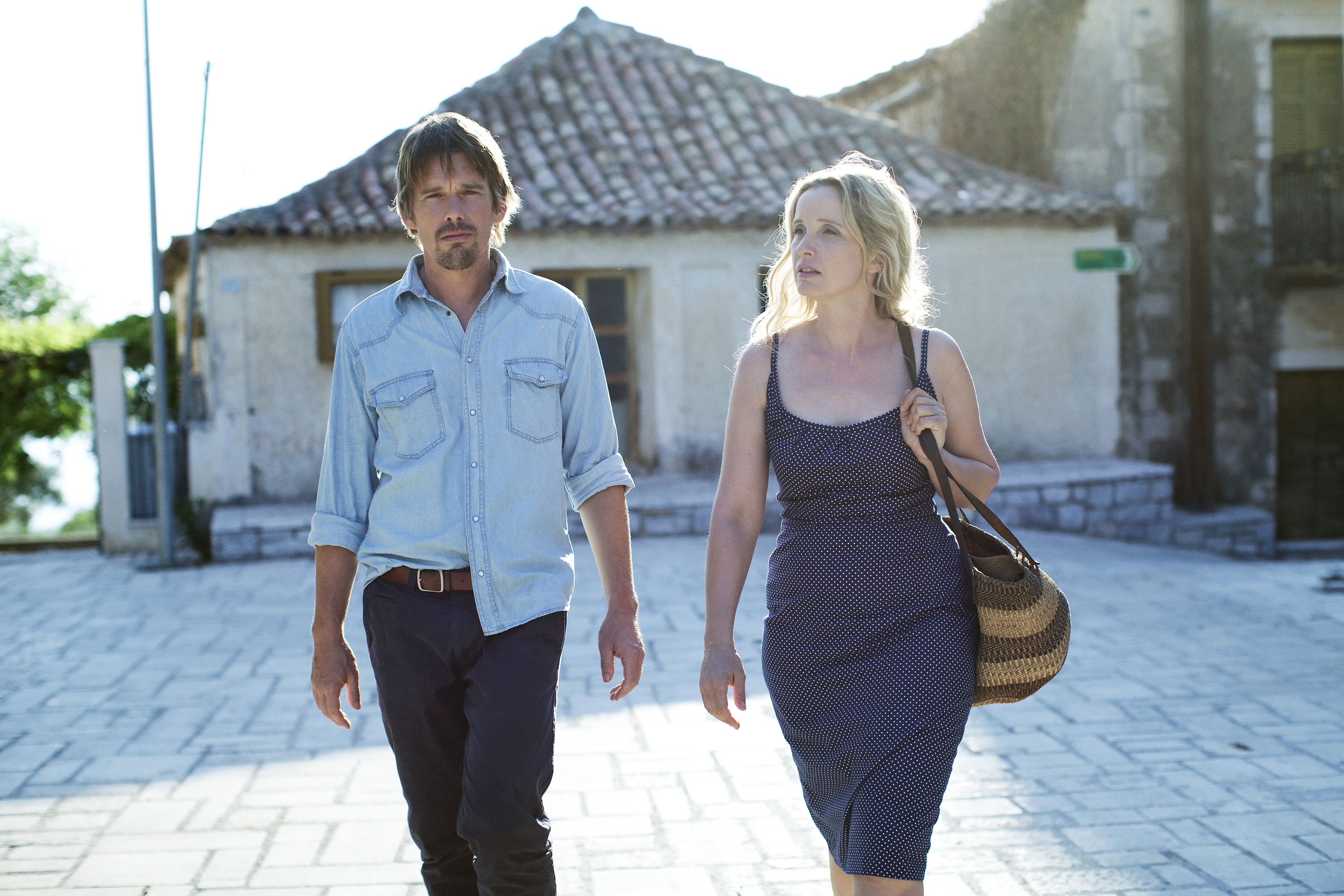On 21 August 2015, on a cross-border train from Amsterdam to Paris, a Moroccan man named Ayoub El Khazzan emerged from a toilet cubicle shirtless, an AKM assault rifle in his hands.
He shot a passenger who tried to intervene and then went to open fire on the carriage, but the weapon jammed, allowing three young American men to rush El Khazzan and prevent further violence. Afterwards Anthony Sadler, Alek Skarlatos and Spencer Stone, two of whom were off-duty members of the U.S. Armed Services, received the Legion of Honour, the highest decoration of the French Republic. Back home, Stone earned a Medal for Valor, Skarlatos the Soldier’s Medal and Stone the Airman’s Medal and a Purple Heart, with a heroes’ welcome for all three. But these are mere trinkets compared to the real honour: playing themselves in a Clint Eastwood movie.
Land a plane, save a train. Do something heroic and you’ll probably get a movie deal. It’s such a default assumption that in the movies themselves characters sometimes joke about who’s going to play them. But putting real-life heroes in front of the camera to re-enact their moment of glory is some through-the-looking-glass strangeness. It’s an unfathomable misjudgement, endlessly alienating in practice, one that helps make The 15.17 To Paris the first great debacle of this year’s film calendar.
The big story problem is that the train incident itself was short-lived and, after the initial panic and quick-thinking interruption, relatively undramatic. So, how do you build a movie around it? The answer is padding. Lots and lots of padding, teasing the abortive terrorism but cutting back in time to show, in theory at least, the foundations, how the men were prepared, by guns and by God, to be the saviours the moment demanded.
The first act of the movie takes us to the men meeting in junior high, scenes so awkward one assumes Clint hopped in a time portal and snatched their actual 12 year-old selves for the parts, cooing over guns spread across bedsheets like pint-sized Travis Bickles. Judy Greer and Jenna Fischer are the frustrated single mothers, responding to the school’s reasonable suggestion of attention problems by screaming ‘My God is bigger than your statistics!’, just one of the pearls offered by Dorothy Blyskal’s script. After all, who needs those liberal Hilary pills when you’ve got Destiny on your side?
Later, grown up, Spencer and Alek drift towards military service. Spencer gets the most screen time, and is a marginally better actor than his two pals, as he pushes himself towards army fitness, swinging tyres to the voiceover of a drill sergeant barking Be The Best mantras. Would You Like To Know More?
Spencer and Anthony go backpacking around Europe for the latter portion of the movie, shot like travel vlogs from the world’s most uninteresting dudes, their red-hot dialogue (“I’m so hungover”) interspersed with do-you-get-it foreshadowing about being meant for something greater. The whole thing is bizarre, its cheapness and chosen-one manifesto reminiscent of the Christian culture-war films so popular in certain Red State markets.
Strategies of authenticity towards the horrors of terrorism aren’t new, and have their value. The drama of United 93, Paul Greengrass’ 2006 treatment of the 9/11 attack, also swivelled around ordinary passengers’ fighting back against armed attacker, and even cast real-life pilots, flight attendants and the FAA’s Ben Sliney, famously forced to deal with airline hijacking on his first day of the job. But animating Greengrass’ reach for realism was an open-minded, dramatically precise, kind of sincerity, non-actors adding to the film’s tense, respectful verisimilitude.
The 15.17 To Paris is the opposite; a baffling, boring recreation that moves with the rigidity of dogma. It’s like watching Clint talk to that chair, but for an hour and a half. Conor Smyth







